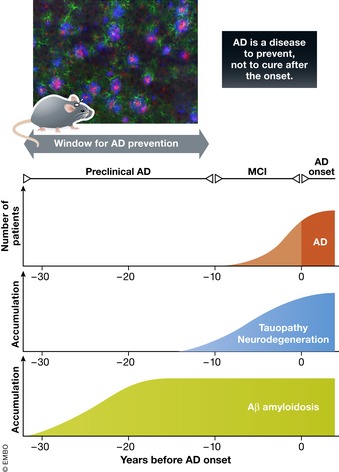Figure 1. Cortical pathology, neurological symptoms, and APP mouse models of AD .

There are three neurological phases leading to the onset of AD and associated cortical pathology. The first phase is preclinical AD, where Aβ accumulates in cortex without neurological symptoms. The second phase is mild cognitive impairment (MCI), where tauopathy and neurodegeneration proceed with predementia symptoms. The third phase is AD, where neurodegeneration eliminates neurons and neuronal circuits in an irreversible manner with progressively serious symptoms of dementia. As models of preclinical AD, APP‐overexpressing mice or App knock‐in mice exhibit extensive Aβ pathology without tauopathy and neurodegeneration, for which there is a preventive window of approximately two decades. Modified from Ihara and Arai (2007). The pathology shown is from the cortex of a 9‐month‐old App NL‐G‐F/NL‐G‐F mouse. Blue: Aβ; red: microglia (Iba‐1); green: astrocyte (GFAP) (Saito et al, 2014).
